The conference featured world-class speakers, including leading experts in the field of art, conservation and lacquer research from many countries in the Asia- Pacific region. Thereby, it brought multi-dimensional perspectives, in-depth exchanges and new inspiration for the journey of preserving and promoting the value of lacquer art in the 21st century.

Assoc. Prof. Dr. Nguyen Van Hieu - Principal of the School of Interdisciplinary Sciences and Arts delivered the opening speech of the workshop
Speaking at the opening of the workshop, Associate Professor, Dr. Nguyen Van Hieu - Principal of the School of Interdisciplinary Sciences and Arts affirmed: lacquer is not only a type of decorative handicraft, but also the result of indigenous knowledge, the harmonious relationship between humans and nature, and thousands of years of culture. From East Asia to Southeast Asia and South Asia, lacquer has developed with many diverse styles and techniques, creating a rich heritage, both characteristic of local culture and influenced by regional exchanges.
Each lacquer product is a work of art and a living testament to craftsmanship, patience and creativity. From lacquer resin, artisans apply multiple layers to create a durable, glossy surface that will last for centuries - just like our cultural heritage is passed down through the generations.
However, lacquer is facing challenges such as the decline of traditional knowledge, the dwindling number of master artisans and limited public awareness. Globalization and modernization have distanced younger generations from these age-old traditions, while environmental changes are threatening the natural resources essential for lacquer production. In addition, a lack of documentation and regional and international cooperation are hindering efforts to preserve and promote this precious heritage.

Delegates attending the workshop
"Therefore, today's workshop is organized to open up a space for dialogue between tradition and modernity, between science and art, where experts share new research, traditional techniques, conservation solutions and creative approaches to lacquer art in the context of globalization and contemporary creativity" - Associate Professor, Dr. Nguyen Van Hieu said.
Sharing at the workshop, Prof. Sakurako Matsushima (Utsunomiya University, Japan) said: Natural lacquer craft is an important cultural heritage of Asia. As Asian societies developed, each society developed its own unique lacquer art, craft and culture. Artisans created simple, beautiful and aesthetic objects that reflected the unique cultural traditions and heritage of each region. However, new materials and industrial processes as well as changes in modern values and lifestyles have threatened the slower, labor-intensive materials and methods of lacquerware and handicraft production. Automation and commercialization prioritize efficient production and price over spiritual, social and human values.
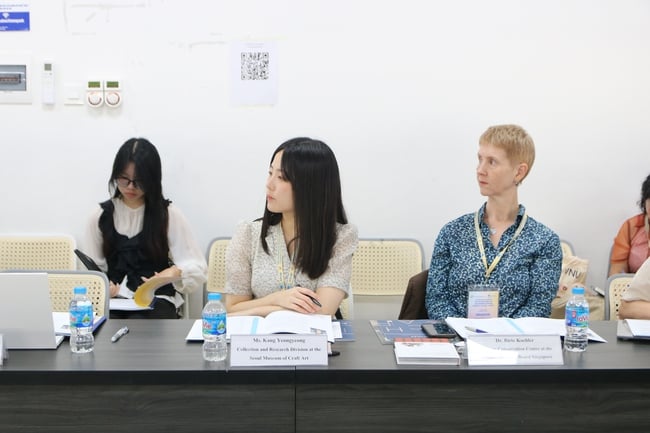
Delegates attending the workshop
In addition, many lacquer communities do not have enough skilled craftsmen to produce high-quality lacquer products. Therefore, Professor Sakurako Matsushima emphasized the need for "master" artisans from outside to teach artisan groups, thereby improving their skills over time. Education and awareness are important, but skills and techniques are paramount at this time.
Sharing the same view, Mr. Maung Maung - Chairman of the Myanmar Lacquer Association said: The lacquer industry is still facing many challenges. Tourism has long been a lifeline for artisans, but as tourist numbers fluctuate, demand also decreases. At the same time, more and more young people are choosing alternative jobs in the hotel and tourism sectors, or moving to big cities. This has caused a decline in the number of skilled artisans. Another challenge is maintaining the interest of the younger generation.

Conference space
“Lacquerware requires patience, weeks, even months to complete a piece, while modern jobs often promise faster income. Helping young people realize the value of slow, careful work is not easy. That is why community training and storytelling are so important. When the younger generation understands that lacquerware is not just a job, but a living heritage, they will be proud to continue that heritage,” said Mr. Maung Maung.
At the Workshop, delegates also aimed to address contemporary challenges with specific objectives: promoting research and enhancing the dissemination of lacquer crafts, ensuring its continued relevance; identifying important resources for education and raising public awareness, arousing appreciation for the cultural value of lacquer...
Source: https://bvhttdl.gov.vn/tim-giai-phap-bao-ton-di-san-son-mai-tai-chau-a-thai-binh-duong-20251016150443252.htm




![[Photo] Closing ceremony of the 18th Congress of Hanoi Party Committee](https://vphoto.vietnam.vn/thumb/1200x675/vietnam/resource/IMAGE/2025/10/17/1760704850107_ndo_br_1-jpg.webp)



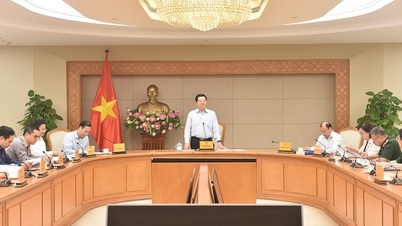
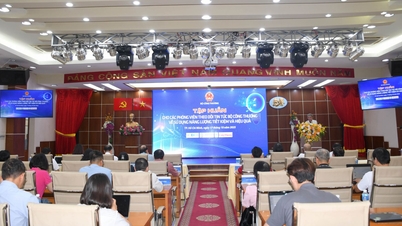

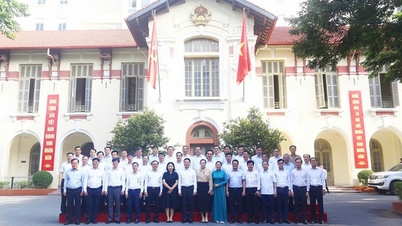

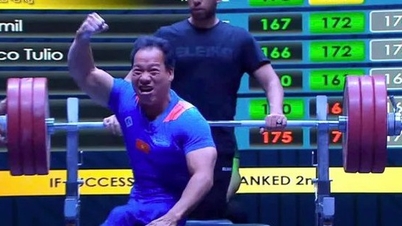
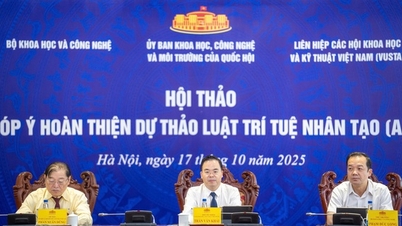




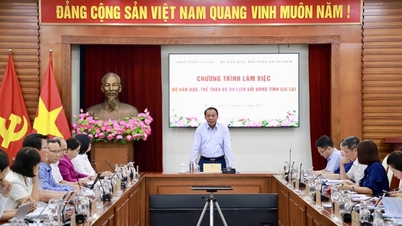

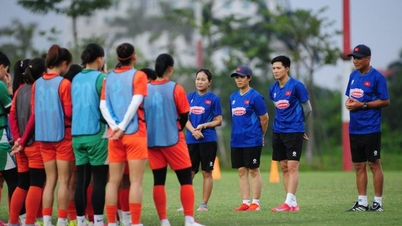



![[Photo] Nhan Dan Newspaper launches “Fatherland in the Heart: The Concert Film”](https://vphoto.vietnam.vn/thumb/1200x675/vietnam/resource/IMAGE/2025/10/16/1760622132545_thiet-ke-chua-co-ten-36-png.webp)



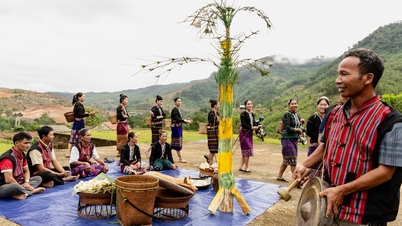



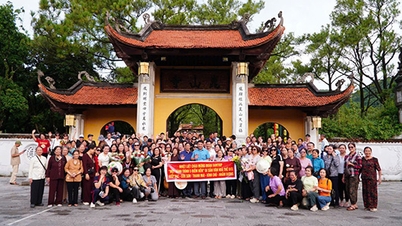












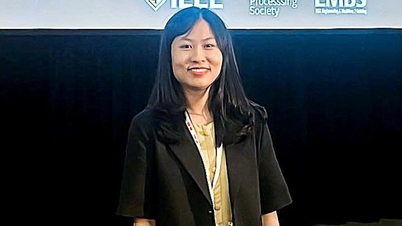



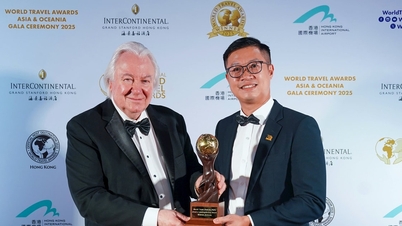


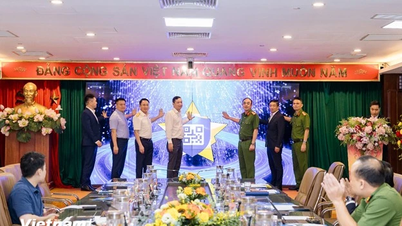















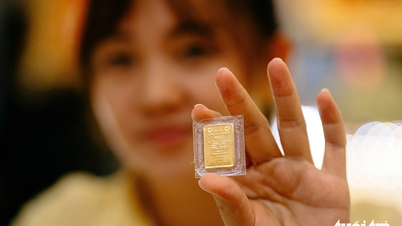
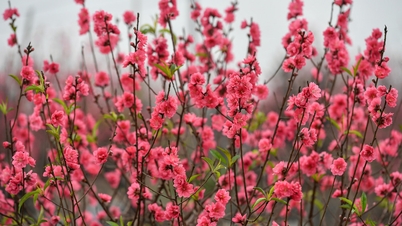

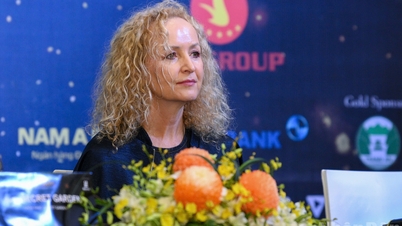
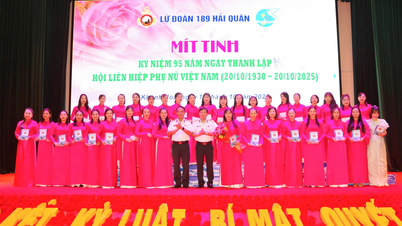

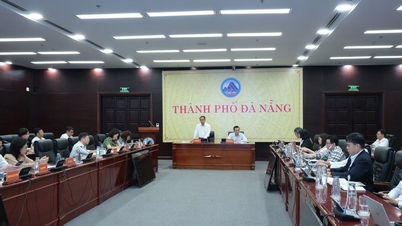

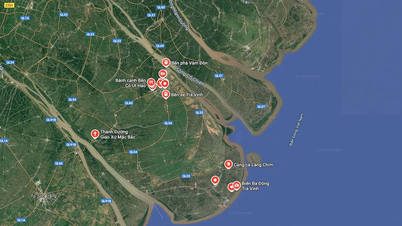










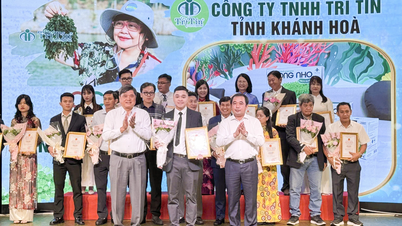
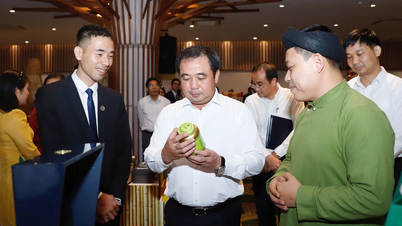





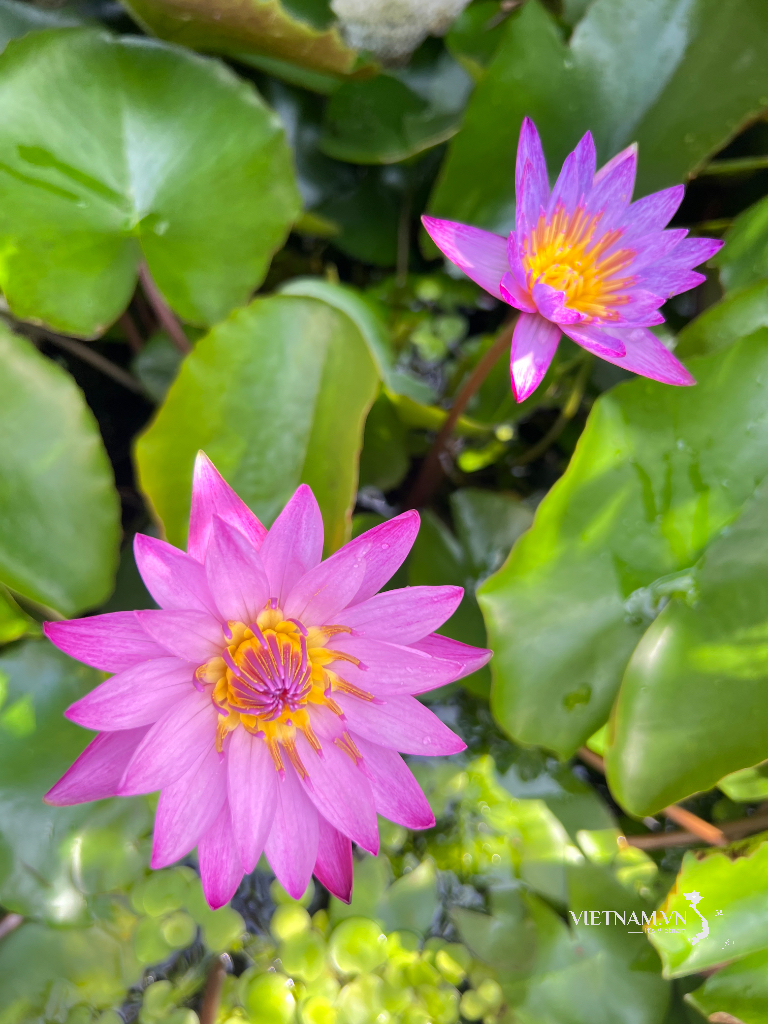



Comment (0)